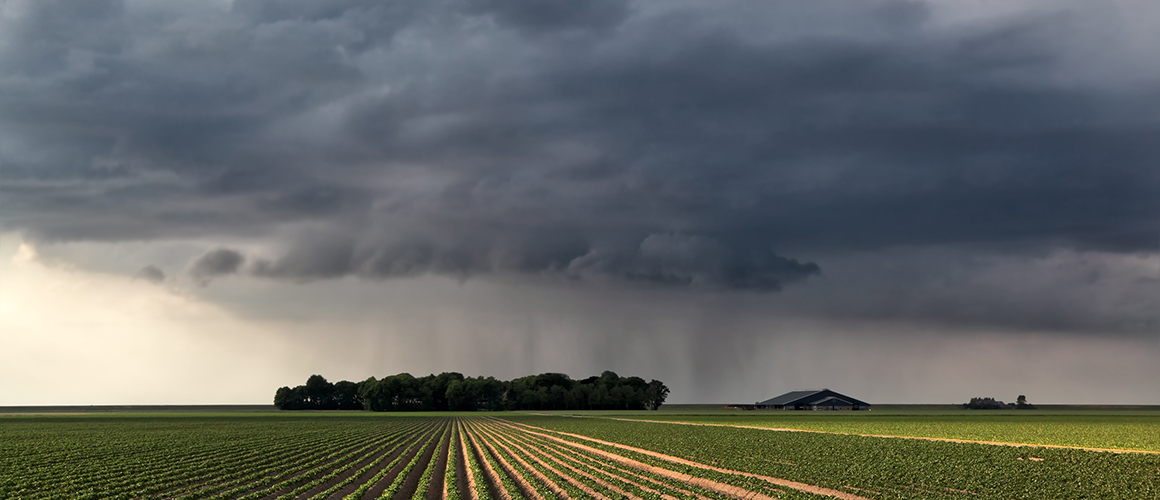
Werribee field day to show Victorian growers the future of farming
10 April 2018
Greater clarity ahead for seasonal climate outlooks thanks to levy-funded research
12 April 2018The Bureau is developing a new seasonal forecast system called ACCESS-S, which will replace the current system, POAMA, in 2018.
The primary aim of this project was to evaluate climate forecasts made by ACCESS-S1 (version 1) for multi-week (2-4 weeks ahead) and seasonal timescales for nine growing regions relevant to the Australian vegetable industry.
ACCESS-S1 has a number of significant enhancements over POAMA, including increased spatial resolution, improved model physics and a better representation of the climate of Australia, including over the vegetable growing regions.
ACCESS-S1 is significantly more accurate than POAMA for multi-week forecasts of rainfall and maximum (Tmax) and minimum temperature (Tmin) over the vegetable regions. On seasonal timescales the accuracy of the two systems is similar, although ACCESS-S1 outperforms POAMA for seasonal forecasts of Tmin.
The accuracy of the forecasts varies with region, time of year, variable and forecast lead time (i.e. how much advance warning). For example, the spring season tends to be the most skillful, particularly for the eastern and
south-eastern vegetable regions for rainfall and Tmax. In general, forecasts for temperature are more skillful than rainfall. Early summer Tmax forecasts have good accuracy for all the vegetable regions.
Experimental forecast products based on ACCESS-S1 have been developed for the vegetable regions. The products are available to the vegetable industry via registered-user access on a Bureau research-based website (http://poama.bom.gov.au/project/hia.html). Feedback on the products is encouraged as this will help determine whether they will become fully operational Bureau products and available to all. The Bureau can also use suggestions to help tailor and guide the presentation of a product.
